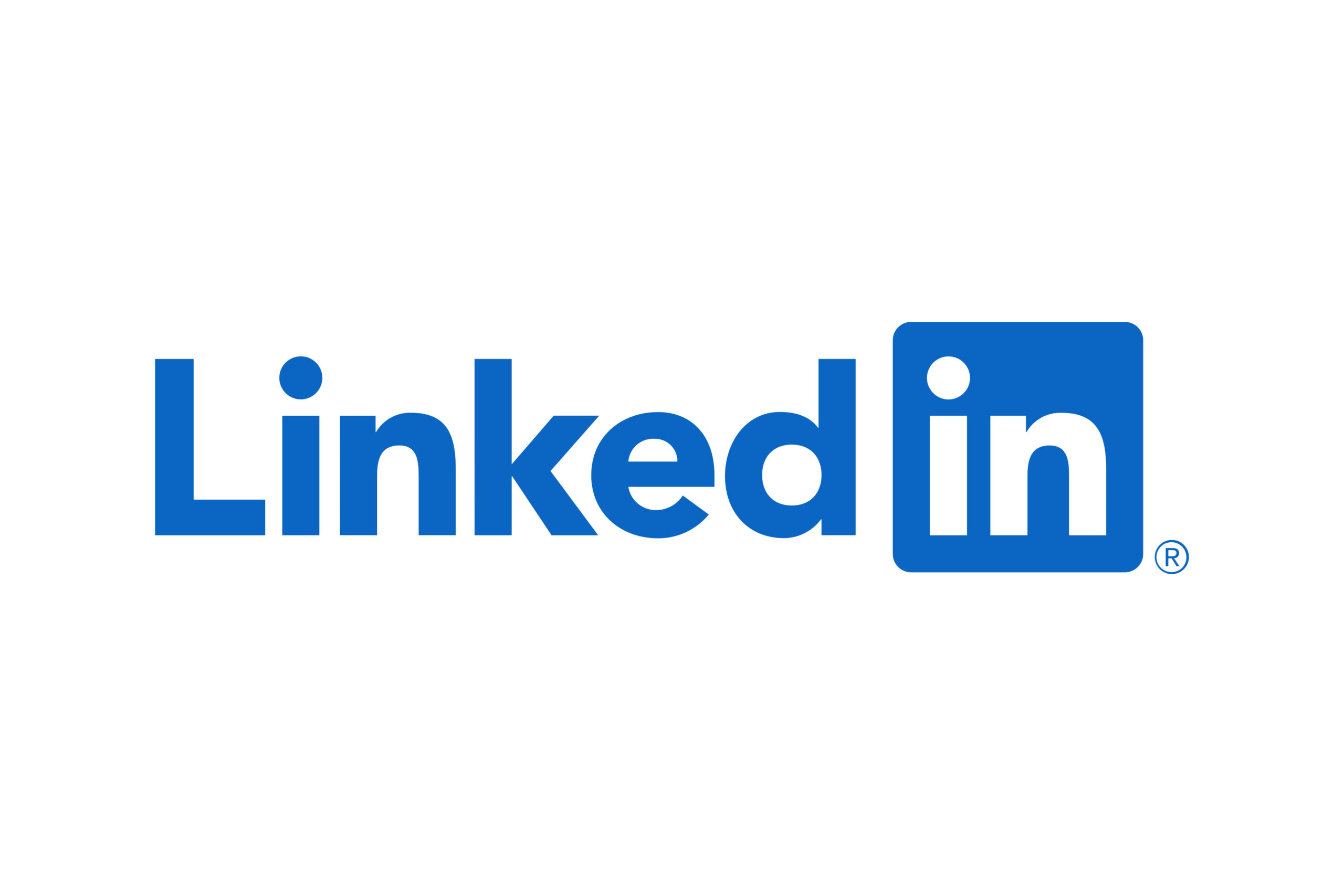In today’s digital landscape, standing out from the crowd requires more than just creating great content. VH Info understands the importance of reaching a wider audience, and that’s where syndication services come in.
This guide will walk you through everything you need to know about syndication services, from understanding what they are to implementing effective content syndication strategies.
By using these services, you can amplify your brand visibility, generate valuable leads, and establish yourself as a thought leader in your niche.
What Are Syndication Services?

Syndication services involve republishing your web content on third-party websites to reach a wider audience. This practice allows businesses to tap into new audiences, enhance SEO by building backlinks, and establish authority in their niche.
It’s a strategic content distribution method that maximizes your content’s reach and impact. The goal is to get your valuable content in front of the right audience, increasing brand awareness and driving traffic back to your site.
Key Components Of Syndication Services

Syndication services are made up of several important parts that work together to make sure content is shared and handled effectively. Understanding each of these components helps both those who manage the system (administrators) and those who use it.
- Content: This is the actual information that is being shared, such as blog posts, videos, ebooks, or infographics. High-quality and relevant content assets are important for attracting the right audience and keeping them engaged. The goal is to create valuable content that people want to read, watch, or share.
- Syndication: This refers to the process of delivering content from its source to different users or platforms. It involves republishing the content on various channels to extend its reach. Effective content syndication is about getting your message out there on a wider scale.
- Syndicator: The syndicator is the entity or platform responsible for distributing the content. This could be a company like VH Info that helps SaaS brands build and improve their SEO. The syndicator works to get the content in front of new audiences through various channels.
- Administrator: The administrator manages the syndication service. They handle tasks like creating and managing content providers, offers, and contracts. Administrators also control user access and manage subscriptions to ensure the service runs smoothly.
- User: A user is someone who is allowed to subscribe to and access the syndicated content. This could be anyone from a casual reader to a paying subscriber. Users benefit from having access to valuable content delivered right to them.
- Content Provider: The content provider is the source of the material that is being syndicated. This could be your own company or a third-party that creates the content. The content provider ensures that the content is high-quality and relevant for syndication.
- Content Connector: A content connector is a software component that allows syndication services to interact with external content repositories. Think of it as a bridge that helps pull content from different sources. It enables content to be easily accessed and syndicated.
- Resource: This is the specific location where the content is stored. It could be a folder in a file system or a web-accessible folder. The resource is where the syndication service pulls the content from to distribute it.
- Offer: An offer is the smallest unit of content that users can subscribe to. Each content provider resource can have its own offer. This allows users to select specific types of content they are interested in.
- Contract: A contract contains the business terms, expiration policy, and delivery rules associated with an offer. It outlines the conditions under which the content is syndicated. This ensures both the content provider and the syndicator are on the same page.
- Business Terms: These are the conditions under which the content is syndicated. This includes usage rights, attribution requirements, and payment terms. Clear business terms are essential for ensuring fair and transparent content syndication.
- Expiration Policy: The expiration policy dictates how long content remains syndicated and when it should be removed. This ensures that the content stays fresh and relevant. Expired content is automatically removed to maintain quality.
- Delivery Rules: Delivery rules are the guidelines that determine how and when content is delivered to subscribers. These rules ensure that users receive the content in a timely and convenient manner. Effective delivery rules enhance the overall user experience.
- Subscriptions: Subscriptions are the process by which users gain access to syndicated content. This involves managing user access, reviewing subscription statuses, and handling renewals or terminations. Subscriptions are essential for providing ongoing access to valuable content.
Benefits Of Using Syndication Services

Using syndication services offers numerous benefits that can significantly enhance your content marketing efforts.
- Wider Audience: Syndication helps you reach new audiences that may not be aware of your brand.
- Increased Brand Awareness: By consistently syndicating content on high-traffic websites, you can enhance brand awareness and visibility.
- Improved SEO: Syndication can improve your website’s SEO by building valuable backlinks from reputable sites. VH Info’s SaaS link building services can help improve your Google search engine rankings.
- Lead Generation: Content syndication can be a fast and effective way to generate leads by capturing prospect information through gated content.
- Enhanced Credibility: When your content appears on reputable sites, it benefits from the credibility and trust associated with those platforms.
- Cost Efficiency: Content syndication is a cost-effective method for distributing existing content assets across multiple platforms.
- Time Savings: Syndication reduces the time and effort required to manually update and distribute content across various channels.
- Better Analytics: Many syndication platforms provide insights into content performance across channels, helping you refine your strategies.
- Improved Customer Experience: Syndication ensures customers receive detailed, accurate, and up-to-date information, enhancing their overall experience.
How To Implement Syndication Services?

Implementing syndication services effectively requires a structured approach to ensure your content reaches the right audience and achieves your marketing goals.
Creating A Structured Content Outline
Start by planning out the content you want to syndicate. Focus on topics that your audience cares about and that showcase your expertise. Think about what makes your content valuable and how it can help your target audience.
A solid content outline helps ensure that the content you syndicate is high-quality and aligned with your brand’s message. Consider using various content assets like blog posts, ebooks, and infographics to keep things interesting.
Identifying Target Platforms
The next step is figuring out where your potential customers hang out online. This involves researching which platforms your target audience uses, whether it’s social media sites like LinkedIn or content hubs like Medium.
Choosing the right platforms is important for ensuring that your content reaches the right audience. Understanding where your audience spends their time helps you optimize your content distribution efforts and boost brand visibility.
10 Best Syndication Services To Maximize Your Content’s Reach

To maximize your content’s reach, consider these top syndication services:
Outbrain

Outbrain is a content discovery platform that helps businesses reach a wider audience by recommending their content on various websites. It uses algorithms to suggest relevant content to users based on their interests and online behavior.
By using Outbrain, you can increase brand awareness, attract potential customers, and drive traffic back to your website using a cost-per-click pricing model. It is a valuable tool for increasing visibility and generating leads with high-quality content.
Taboola

Taboola functions similarly to Outbrain as a content discovery and native advertising platform. It assists publishers, marketers, and brands in effectively reaching and engaging their audiences online.
Taboola uses algorithms and machine learning to provide personalized content recommendations in the form of articles, videos, or slideshows that seamlessly blend into the user experience.
The platform’s business model revolves around creating an interactive ecosystem where content can be effectively monetized and distributed, making it a go-to for advertisers and publishers.

LinkedIn stands out as a prime professional networking platform where you can publish articles and engage directly with industry experts, boosting your brand visibility.
It’s an ideal place to share your expertise and connect with a very targeted audience, drawing in potential customers interested in your niche.
You can share your content by posting updates or publishing full articles directly on the platform, offering diverse ways to showcase your thought leadership. LinkedIn also provides valuable analytics into who is reading your content, including their job titles and companies, which helps refine your content marketing strategies.
By actively using LinkedIn for content syndication, you can significantly expand your audience reach and establish strong industry connections, generating referral traffic to your site.
Medium

Medium is an online publishing platform where users can write, share, and read articles on a variety of topics, making it a prime location for content marketing.
It’s a great place to republish your blog posts and reach a large audience, enhancing brand visibility and attracting potential customers.
To avoid duplicate content issues, make sure to add a note at the end of your syndicated article stating that it was “Originally published at [your website with a link back to the original post“.
This best practice helps maintain your SEO while tapping into Medium’s audience reach, establishing you as a thought leader in your niche.
Substack

Substack is a platform that allows writers to create and distribute subscription-based email newsletters, offering a direct connection with their target audience.
It’s a great way to connect directly with your audience via email and build a community around your content, fostering brand awareness and loyalty. Substack operates on a subscription model, where readers pay to access exclusive content, providing a potential source of revenue for content creators. By delivering valuable content regularly, you can cultivate a dedicated following and establish yourself as a thought leader in your niche through consistent syndication efforts.
SlideShare

SlideShare is a platform for sharing presentations, infographics, and other visual content, making it an effective tool for content distribution.
It’s an effective way to repurpose your existing content assets into a visually appealing format and reach a different audience, expanding your audience reach and enhancing brand awareness. You can upload presentations, documents, and infographics to SlideShare and embed them on your website or blog to drive traffic.
By using SlideShare, you can transform complex information into easily digestible visuals, attracting potential customers and establishing yourself as a thought leader.

Reddit is a social media platform with diverse communities, or subreddits, where users can share and discuss content, offering a unique opportunity for content syndication.
Sharing your content on relevant subreddits can drive traffic and engagement, increasing brand visibility and attracting a wider audience.
However, be sure to actively participate in the community and follow the rules of each subreddit to avoid being marked as spam; authenticity is key to success on Reddit.
By understanding the nuances of Reddit’s communities, you can effectively use this platform to enhance your content marketing strategy.
Quora Spaces

Quora Spaces are communities within Quora where users can ask and answer questions on specific topics, providing a platform for sharing your expertise and syndicated content.
By sharing your knowledge and content in Quora Spaces, you can reach a targeted audience and establish yourself as a thought leader in your niche. You can also link back to your website or blog in your answers to drive referral traffic, generating potential leads and increasing brand awareness. Engaging with users and providing valuable content on Quora Spaces can significantly enhance your content marketing efforts.

Flipboard is a news aggregator and social networking platform where users can create and share magazines on various topics, offering a unique channel for content distribution.
Syndicating your content on Flipboard can help you reach a broader audience interested in your niche, expanding your audience reach and boosting brand visibility. Flipboard allows you to create articles, videos, and photos for visually appealing magazines, attracting potential customers and driving traffic to your website.
By using Flipboard’s magazine-style format, you can effectively showcase your syndicated content and establish yourself as a thought leader.
RSS Feeds

RSS (Really Simple Syndication) feeds allow users to subscribe to updates from your website or blog, providing a direct line for content syndication.
By promoting your RSS feed, you can make it easy for others to syndicate your content and reach new audiences, expanding your audience reach and increasing brand awareness.
RSS feeds automatically distribute your new content to subscribers, ensuring they never miss an update, and are a simple way for you to get your content in front of a wider audience.
RSS feeds are a powerful tool for distributing valuable content and establishing yourself as a thought leader.
Best Practices For Content Syndication

To make your content syndication strategies more effective, follow best practices.
- Foster Relationships: Aim for long-term relationships with your syndication partners to build a consistent presence on their network.
- Avoid Duplicate Content Issues: Implement canonical links and attribution to ensure search engines recognize your original content.
- Tailor Your Content: Adapt your content to suit the platform’s audience and format.
- Monitor Performance: Use analytics to track the performance of your syndicated content and refine your strategies.
- Provide Value: Focus on creating high-quality, educational content that provides readers with helpful advice.
- Be Transparent: Always be transparent about your needs and collaborate with your content syndication partners.
- Maintain Brand Consistency: Provide collaborators with your brand guidelines to ensure your content aligns with your brand’s personality and voice.
Examples Of Syndication Services In Action

Here are 5 examples of syndication services:
- Google: Google uses content syndication to boost its sales pipeline by delivering content to the right audience. By partnering with content syndication services, Google ensures that its high-quality content reaches potential customers who are actively seeking information related to their products. For example, Siemplify (acquired by Google) partnered with ViB to get 4 times more leads in their pipeline, a 50% lead-to-opportunity ratio, and achieve 100% satisfaction, showing improved brand visibility and lead generation.
- Abnormal Security: This cloud-based email security provider generates 1,000-1,500 qualified leads monthly through targeted content syndication. By focusing on C-level executives and senior roles, Abnormal Security ensures that their content reaches the decision-makers, leading to high-quality leads and improved conversion rates. They are able to generate opportunities worth over $800,000 monthly, showing the potential of content syndication strategies in lead generation.
- Buffer: Buffer, a social media management tool, has been using content syndication for several years to reach a wider audience and grow its customer base. Buffer has syndicated its content to a variety of websites, including Entrepreneur, Forbes, and Inc. As a result of its content syndication efforts, Buffer has seen a significant increase in website traffic and social media engagement.
- Dell: Dell, a multinational computer technology corporation, uses content syndication to promote its products and services to a wider audience. Dell has syndicated its content to a variety of websites, including The Wall Street Journal, The New York Times, and PC World. As a result of its content syndication efforts, Dell has seen a significant increase in website traffic and brand awareness.
- Samsonite: Samsonite partnered with Bazaarvoice to syndicate reviews and other content across new channels to create an exceptional online shopping experience and increase revenue. By using content syndication, Samsonite was able to significantly increase revenue and create an exceptional online shopping experience across all sales channels.
FAQ’s:
How Can Content Syndication Benefit My Marketing Strategy?
Content syndication boosts your marketing by getting your content in front of a wider audience, increasing brand awareness, and establishing you as a thought leader. It also drives traffic back to your website and generates valuable leads, enhancing your brand visibility and SEO efforts.
What Should I Look For In A Content Syndication Service?
When choosing a syndication service, look for one that offers targeted distribution to reach the right audience.
Also, consider services that provide real-time analytics and multi-channel capabilities, which can help you measure ROI and optimize your content distribution strategies.
Can Content Syndication Help In SEO And How?
Yes, content syndication can help your SEO by building valuable backlinks from reputable websites. These backlinks improve your website’s search engine rankings and drive organic traffic, enhancing your online visibility on Google and other search engines.
What Is The Role Of A Lead Arranger In Loan Syndication?
This question is not related to content syndication and is instead about financial syndication. The lead arranger structures and organizes a loan with multiple lenders, handling negotiations and documentation.
What Questions Should Investors Ask When Considering A Syndication Investment?
This question is also related to financial syndication and not content syndication. Investors should ask about the investment’s risk factors, potential returns, and the track record and experience of the syndicate team.
Conclusion
In conclusion, syndication services are a powerful way to amplify your content’s reach and impact in the crowded digital space.
By strategically republishing your valuable content on third-party websites, you can tap into new audiences, enhance your brand visibility, and establish yourself as a thought leader in your niche.
Implementing effective content syndication strategies, such as creating a structured content outline and identifying target platforms, is key to maximizing your marketing ROI. Services like Outbrain, LinkedIn, and Medium offer diverse avenues for content distribution, each with unique benefits for reaching potential customers.
By following best practices and consistently delivering high-quality content, you can use syndication to drive traffic, generate leads, and boost your overall SEO performance.


